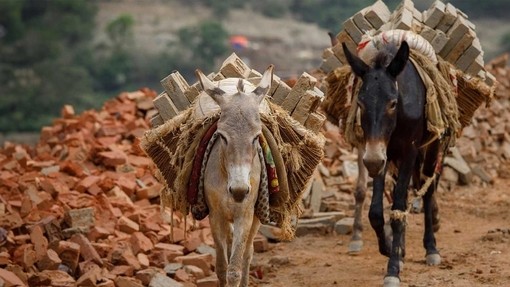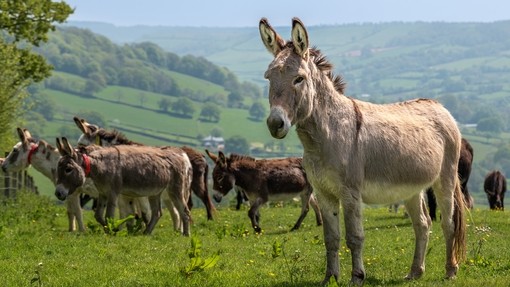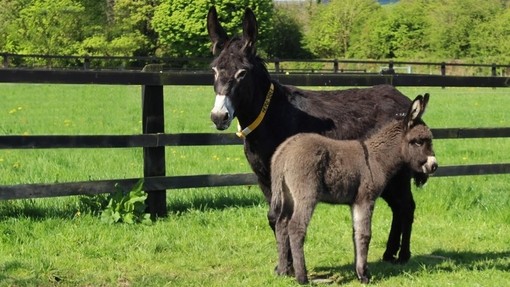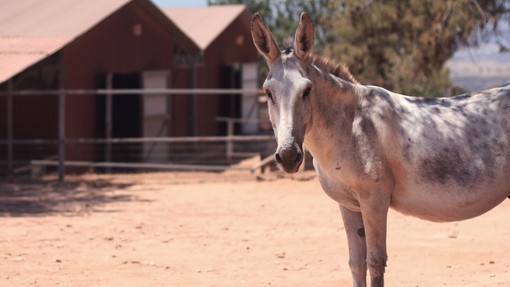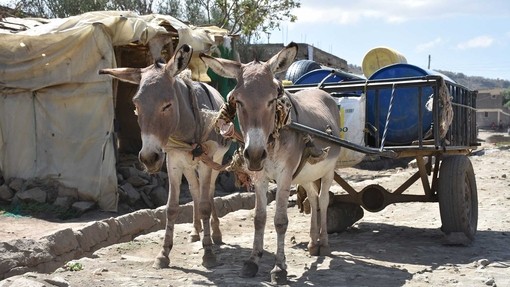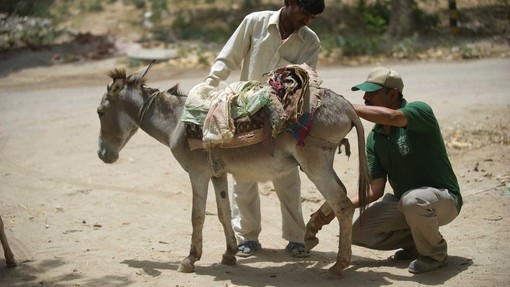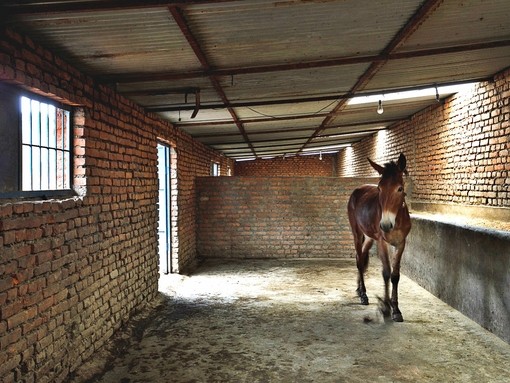
A global approach to donkey welfare
We work across the globe to help achieve our vision of a world where every donkey has a good quality of life.
We estimate that there are more than 60 million donkeys and mules in the world. We tailor our approaches to meet donkeys’ unique challenges in different regions. We understand that every situation is different and adapt our working methods accordingly.
We have three broad strategies that operate independently or in combination:
- In the United Kingdom and Europe, we maintain a network of farms, sanctuaries, and holding bases ready to help provide direct care in the most extreme welfare cases.
- We also operate specialist veterinary care centres at our donkey hospital in Devon and our donkey clinic in Lamu, Kenya.
- We help design and fund expertly designed programmes that directly support donkeys and make our resources and expertise available to donkey-owning communities.
Sidmouth: A world headquarters for donkey welfare
The heart of our operation is our headquarters in Sidmouth, Devon, in the United Kingdom, which has been at the forefront of donkey welfare for over 50 years.
Our Sidmouth sanctuary is not just open for visiting but is also a vital educational centre. We believe that the active participation of the general public, veterinary and welfare professionals and policymakers is integral to our mission.
The expertise developed in Sidmouth informs the work we do throughout the world. In return, our experiences across the globe help us to continually improve our knowledge base and quality of life for the donkeys in our direct care.
Providing welfare worldwide
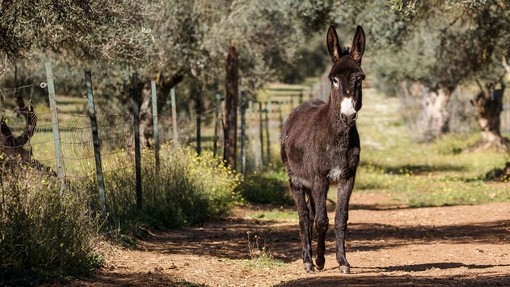
We work to ensure donkeys across the Americas are nurtured and well looked after, helping them form a vital part of local communities.
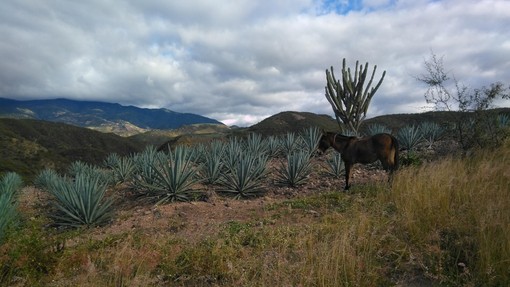
Find out more
Discover how we use our resources and world-leading expertise to make the best impact for the most donkeys.
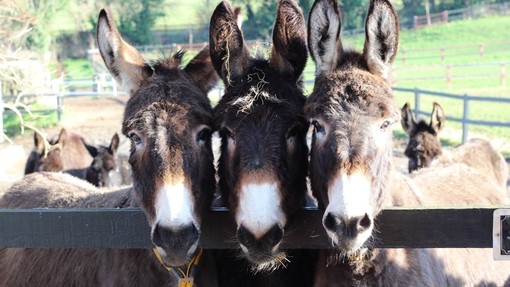
Learn about our mission and values, and meet the diverse team of experts who deliver our work.
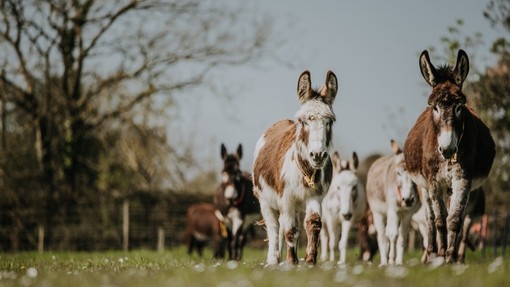
Learn more about our impact on donkeys and explore some of our recent successes.
